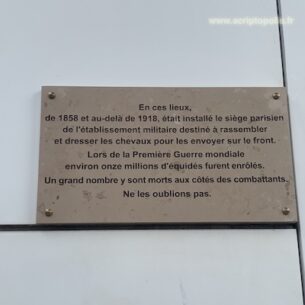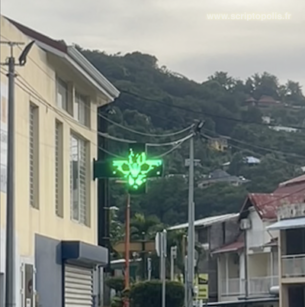Levels

Bayonne, july 2016.
Entering the room, you face a huge, multicolored wall, made of numerous components directly screwed on it. A simple glance and you understand how much colors are crucial in the world of climbing. Mostly white, the paint on the wall becomes black according to its inclinations. As for the different holds, distributed on the wall, they come in bright and flashy colors, so as to be highly visible on such a white and black surface. The novice might think it is that simple, and that she would now try her luck. But the colors also intervene at another level. Whatever its own color, each hold goes hand in hand with a small piece of an adhesive tape, the pigmentation of which is also changing from one to another. Yellow, green, blue, orange, brown, and pink are the six colors that can go with every hold screwed on the wall. Taken as a whole, the combinaisons are multiple and draw a polychromic landscape. But the minute assemblage of colors, the one of an hold and of its adhesive tape, are precisely meant to mark out particular paths into this vibrant environment. Six levels of difficulty are thus distinguished that point to the practitioners which hold goes with which one at each step of the climbing process. While novices follow holds with a yellow adhesive tape, the more experimented hang on to the pink one. Distributing the space of difficulties among the various possibles paths, the colors are simultaneously active in the hierarchy of climbers themselves. They show in the blink of an eye the ones that are successful in an “easy”, “difficult”, even “extreme” situation.






